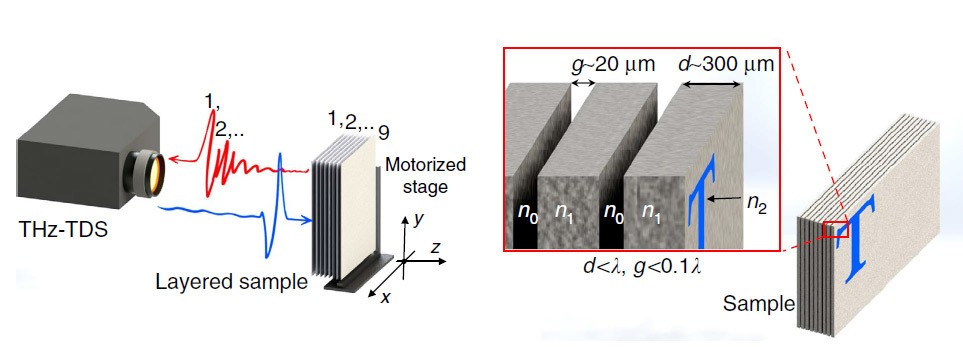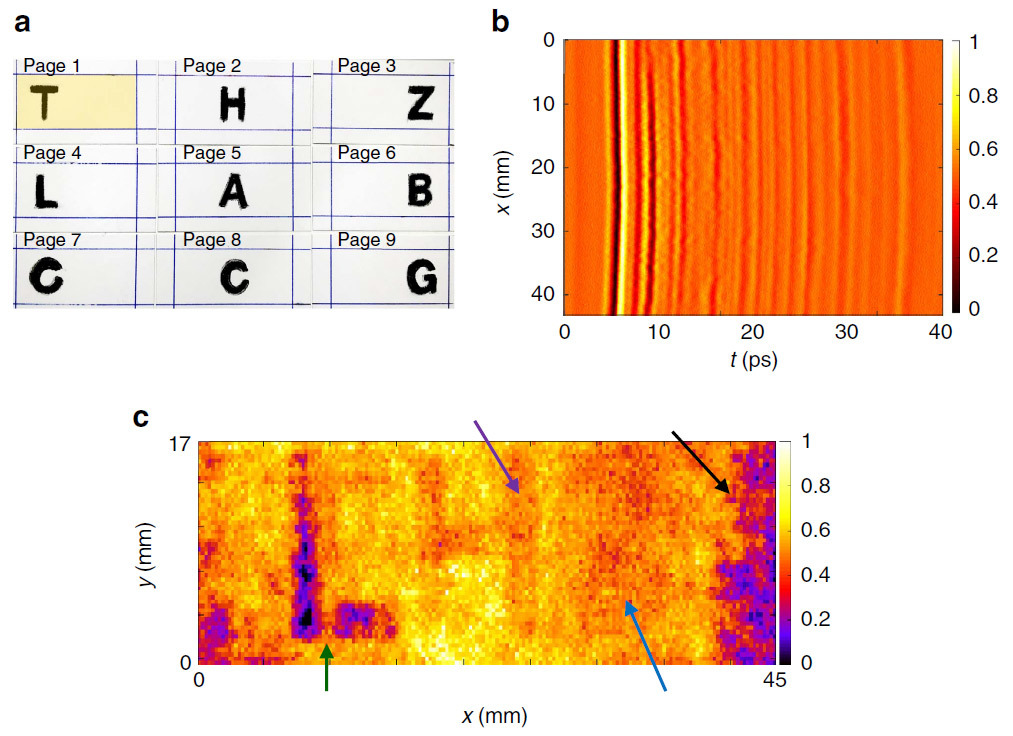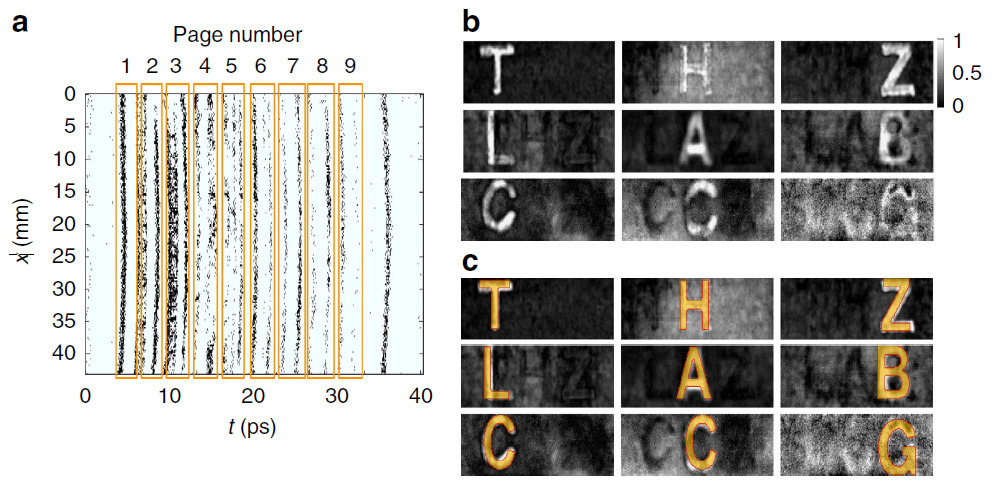MIT terahertz scanner reads closed books and sealed letters

Photo: AP Photo / Akira Suemori
Researchers at the Massachusetts Institute of Technology and the Georgia Institute of Technology have developed a terahertz scanner that allows you to read books without opening them. This is the right thing to digitize fragile folios, which can be damaged when paging through pages. In addition, the technology can be used to read letters in sealed envelopes, for example.
Researchers at the MIT Media Lab report that the leadership of the Metropolitan Museum of Art in New York has already shown interest in technology. As well as in some other museums, there is a number of ancient books in their museum fund, which are scary to open. “They don’t even want to touch them,” says Barmak Heshmat, a MIT Media Lab researcher and one of the authors of a scientific article describing an innovative scanner.
The scientist also added that the device is useful not only for scanning books or reading letters in sealed envelopes, but also for studying any materials that are applied in several thin layers. This may be an old pattern under a layer of paint, the contents of the tablet under the shell, or a car cover under the outer layer of paint.
')
Experts from the Massachusetts Institute of Technology have developed the scanner hardware, and colleagues from the Georgia Institute of Technology - the software part to eliminate distortion and improve the quality of scanned images. Scientists say that the program to eliminate distortions in letters works so well that it easily recognizes many CAPTCHA pictures that use distorted characters.
Terahertz radiation is a type of electromagnetic radiation whose frequency spectrum is located between the infrared and microwave ranges. The frequency range from 0.01 to 10 THz. Terahertz radiation is widely used in security systems for scanning luggage and people. In medicine, they begin to use terahertz tomographs, and in art history eight years ago they began to use terahertz scanners to study drawings hidden under layers of paint. Such scanners can detect hidden structural defects in various materials.
The main problem when scanning multi-layered surfaces of books is the rapid drop in the level of the reflected signal when “diving” several layers deep. The signal is so weak that it becomes very difficult to isolate it from the noise. Researchers have invented a special technique for filtering the signal and “focusing” on a particular thin layer.
In particular, they found a way to focus on each layer of a multilayer material according to the statistics of detected electromagnetic radiation. Then they select the spectral images with the greatest contrast for each layer, using the method of averaged time gating of spectral kurtosis. This method allows you to successfully read pages even with a low SNR ratio of less than 10 dB, providing a contrast 18 times higher than with a conventional amplitude juxtaposition.

Experimental setup with a stack of 9 sheets, each one of which has one letter of the Latin alphabet printed on one side. Sheets of office paper are thicker than usual.
Distinguishing the text on the pages is possible due to the fact that between the pages of a closed book there are air cavities about 20 micrometers thick. Such large cavities are associated with paper roughness, because it is made of wood and is not subjected to special polishing. Due to the different refractive index of air and paper, it is possible to accurately determine the boundaries of these cavities by the reflected signal that the terahertz detector receives. This allows you to recognize specific sheets in a stack.

Measurement result: 9 Latin letters on sheets (A); the scan result, the arrival time of the reflected signal correspond to the layer depth, the change in saturation corresponds to the normalized amplitude of the field in arbitrary units, values less than 0.5 correspond to the negative amplitude of the field (B); cut of the cube of the recorded amplitude of the electric field corresponding to a specific time of receipt of the reflected signal, that is, a specific layer (C)
So far, the algorithm can correctly determine the distance to the air cavities in approximately 20 upper sheets of the stack, but with each page the signal becomes weaker. During the tests, the scanner successfully recognized 9 pages in a stack in automatic mode without human participation and configuration.

The result of the scanner in the automatic mode, with improved contrast in post-processing and OCR
Scientists do not lose hope to improve the quality of scanning, using more sensitive detectors and more powerful sources of terahertz radiation.
Terahertz radiation is a relatively new area of engineering. The work of the Massachusetts Institute of Technology and the Georgia Institute of Technology is one of the first to combine new tools and advanced computer image processing techniques. This is just the beginning.
The technology is now actively developing, so in the coming years, more sensitive and accurate instruments will probably appear. Perhaps they will be able to read the contents of more than one sealed letter, and immediately a whole bag of letters.
Scientific article "Terahertz time-gated spectral imaging for content
Extraction through layered structures " published September 9, 2016 in the journal Nature Communications (doi: 10.1038 / ncomms12665).
Source: https://habr.com/ru/post/397399/
All Articles